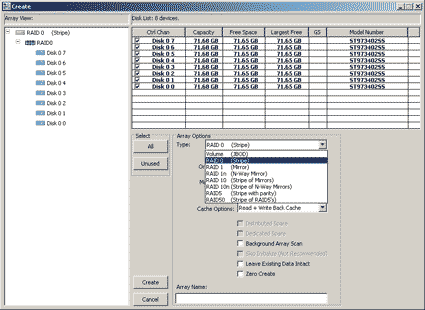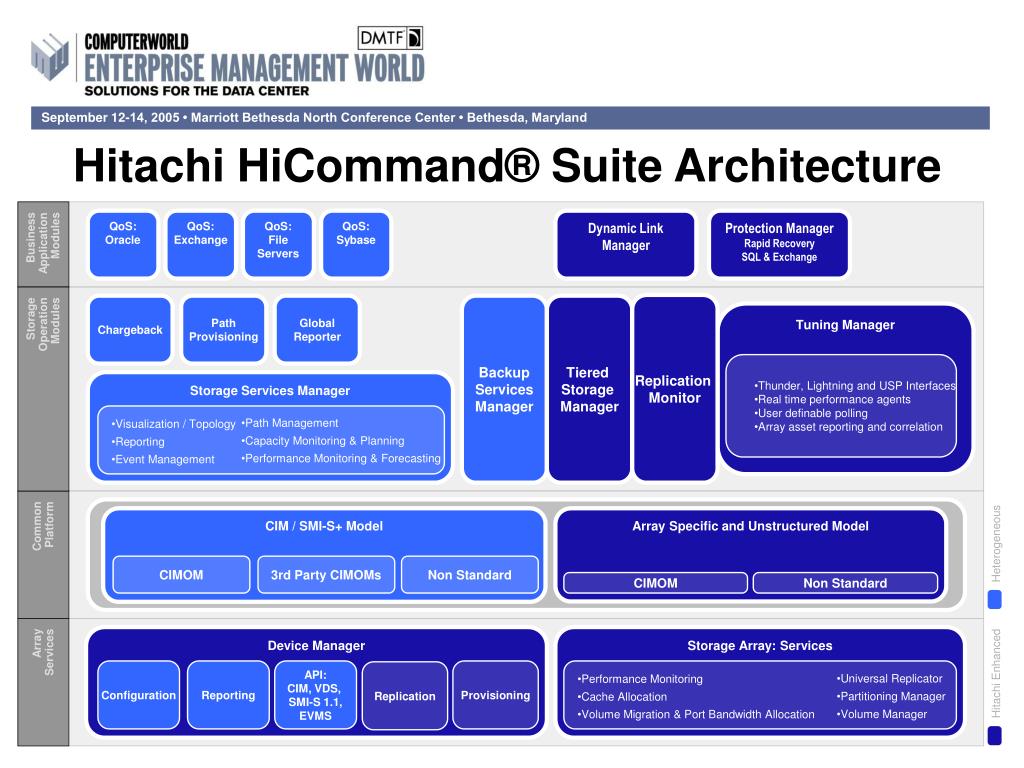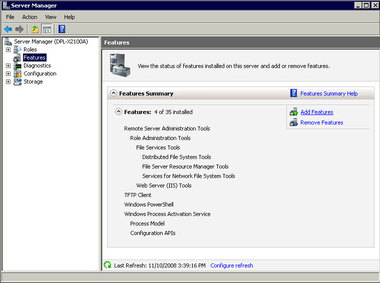

Researchers from the University of Lisbon and University of the Azores (Portugal), Copenhagen University and DCR Solutions A/S (Denmark), and Imperial College London (UK) developed a type of discipline for parallel programs called ParTypes.

The paper provided inspiration for the upcoming SC22 panel session of the same name, “Reinventing High-Performance Computing.”Īuthors: Daniel Reed, Dennis Gannon, and Jack DongarraĪ type discipline for message passing parallel programs

They also provide a summary of the technological, economic, and future directions of scientific computing. The researchers argue “that current approaches to designing and constructing leading-edge high-performance computing systems must change in deep and fundamental ways, embracing end-to-end co-design custom hardware configurations and packaging large-scale prototyping, as was common thirty years ago and collaborative partnerships with the dominant computing ecosystem companies, smartphone and cloud computing vendors.” To prove their point, the authors provide a history of computing, discuss the economic and technological shifts in cloud computing, and the semiconductor concerns that are enabling the use of multichip modules. In this paper by a team of researchers from the University of Utah, University of Tennessee and Oak Ridge National Laboratory, the researchers dive into the challenges and opportunities associated with the state of high-performance computing.

Reinventing high performance computing: challenges and opportunities Technical and Economic Forces Reshaping HPC (credit: Reed, Gannon, Dongarra) From parallel programming to exascale to quantum computing, the details are here. In this regular feature, HPCwire highlights newly published research in the high-performance computing community and related domains. Since 1987 - Covering the Fastest Computers in the World and the People Who Run Them


 0 kommentar(er)
0 kommentar(er)
